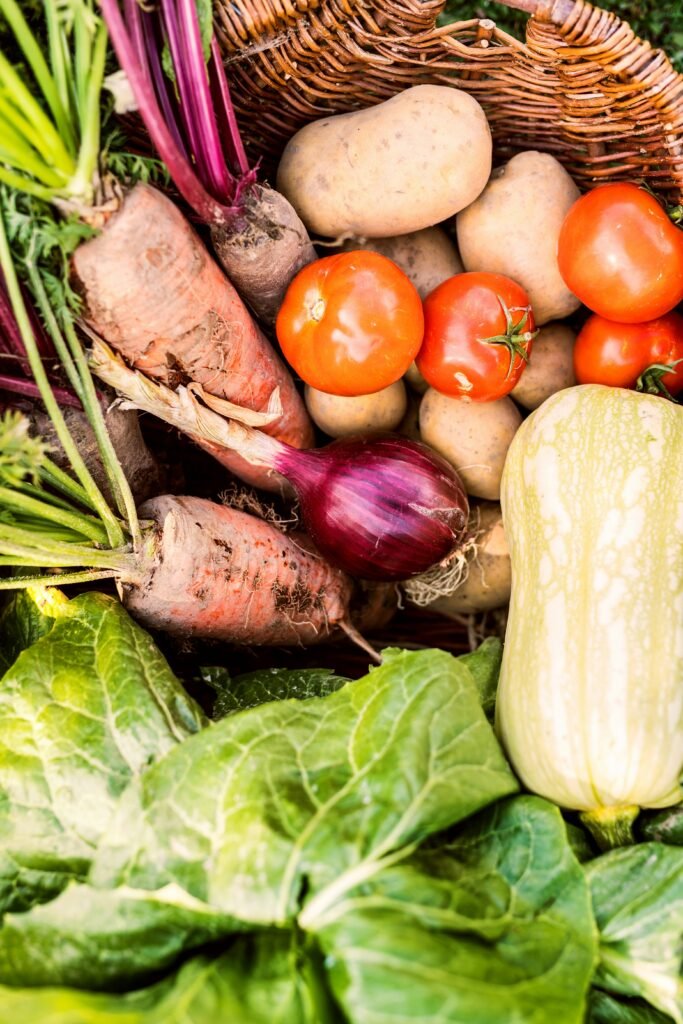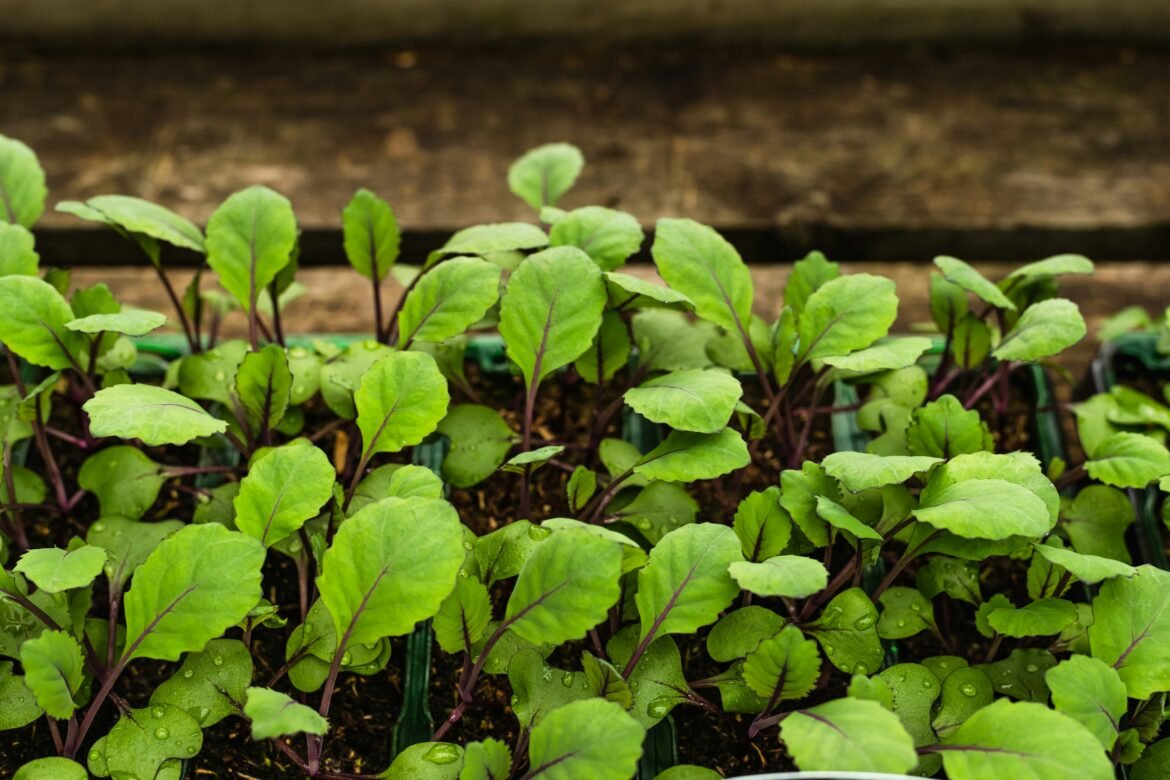For the longest time, I kept telling myself, “One day, when I have a big yard, I’ll start my vegetable garden.”
Well… that day never came. My backyard is tiny — like, “you can cross it in ten steps” tiny. But one spring morning, I just thought, Why am I waiting? I grabbed a notebook, a cup of coffee, and started scribbling ideas.
Now, a couple of years later, that little patch of land is my happy place. It’s full of cherry tomatoes, fresh herbs, crunchy lettuce, and even strawberries. It’s not perfect (some plants flop, some seasons are messy), but it’s mine, and I love it.
Here’s how I made it happen — and honestly, if I can do it, anyone can.
Step 1: Seeing Potential in What You’ve Got
At first, I only saw the limitations: not enough space, awkward shady corners, a patchy lawn. But once I stopped focusing on what I didn’t have, I started seeing possibilities.
I watched where the sunlight hit during the day (pro tip: do this before you plant anything). The sunny side became my tomato and pepper zone, while the shadier spots were perfect for lettuce and spinach.
Step 2: Working With a Simple Layout
Forget the big in-ground rows you see in magazines — I went with raised beds and containers. Not only do they look neat, but they’re easier to manage in a small space.
I built two 4×4 wooden beds (with a little help from YouTube tutorials) and added some large pots for herbs. They tuck nicely against the fence, leaving room for a little seating area.

Step 3: Picking Plants That Actually Fit
The first year, I made the rookie mistake of wanting to grow everything. Spoiler: it didn’t work. Now I stick to crops that grow well in my climate, don’t take over the yard, and give plenty of harvests.
My go-tos:
- Cherry tomatoes (they never stop producing)
- Lettuce and spinach (quick and easy)
- Peppers (colorful and compact)
- Zucchini (one plant is usually enough!)
- Herbs like basil, parsley, and thyme
I skip space-hoggers like pumpkins or corn — they’d eat up my entire yard.
Step 4: Healthy Soil = Happy Plants
If you splurge on one thing, let it be good soil. I filled my beds with a mix of compost, garden soil, and organic fertilizer. For pots, I use high-quality potting mix (your plants will thank you).
Step 5: Going Vertical
This was a game changer for me. I added a cheap wooden trellis for cucumbers and peas, and tied some twine along the fence for climbing beans. It made the garden look lush without stealing floor space.
Step 6: Keeping It Easy
I’m a busy person, so I knew if my garden became high-maintenance, I’d give up. I installed a simple soaker hose on a timer — best decision ever. It waters the plants early in the morning, and I don’t have to think about it. Mulching also keeps the soil moist and weeds down, so I spend more time enjoying the garden and less time battling it.
Step 7: The Best Part — Harvest Time
There is nothing like walking outside, snipping fresh basil, or making a salad entirely from your own backyard. The taste is on another level, and there’s this little spark of pride every time I serve it.
And you know what? My kids snack on cherry tomatoes straight off the vine like they’re candy. If that’s not a win, I don’t know what is.
Final Thoughts
You don’t need a massive yard or fancy equipment to have a dream vegetable garden. Start small, be realistic, and make it yours.
If you’ve been waiting for “the perfect time” — stop waiting. Grab a pot, plant some herbs, and see where it goes. Trust me, the first bite of something you grew yourself will make you wonder why you didn’t start sooner.

